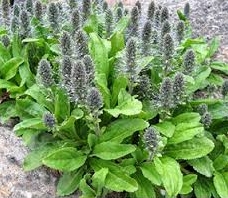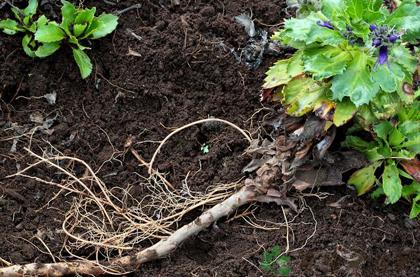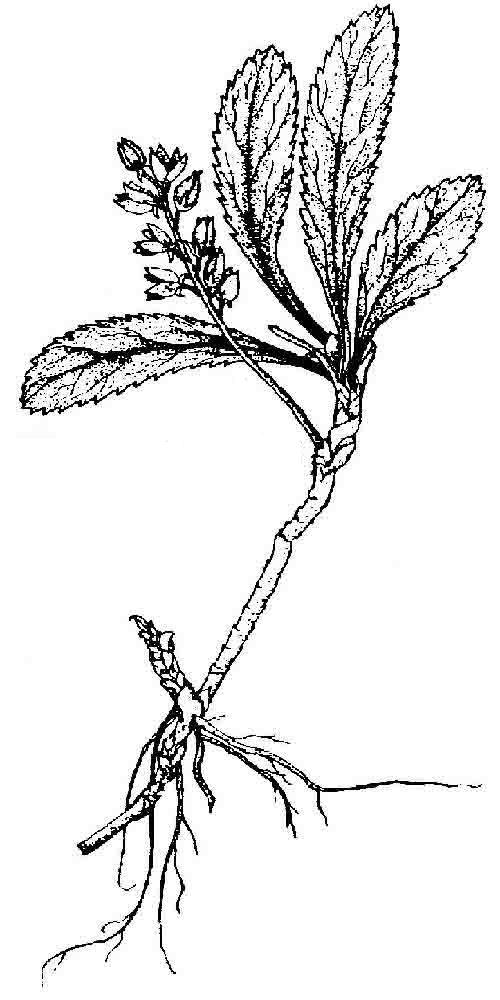Similar to
Huang
lian, strengthens Stomach and regulates digestive function, antibacterial,
slightly laxative, antiseptic.
- Recurring afternoon fever from steaming bone disorder, or fever associated
with childhood nutritional impairment, with
Lycium
chinense- Di gu pi.
[3]
- Chronic diarrhea or dysentery with blood in the stools, with
Zingiber
officinale- Gan jiang.
[3]
[1] A Complete English Dictionary
of Medicinal Terms in Chinese Acupuncture and Herbalism 1981- Henry Lu Chinese
Foundations of Natural Health- The Academy of Oriental Heritage, Vancouver,
Canada.
[2] Translation notes from Gary Seiford and Hocu Huhn- NSW College of Natural
Therapies. Sydney Australia (1982).
[3] Chinese Herbal Medicine Materia Medica- Dan Bensky and Andrew
Gamble- Eastland Press 1986 Seattle Washington ISBN 0-939616-15-7
Images
1.
lookfordiagnosis.com
2.
innerpath.com.au Public domain
3.
kknews.cc Picrorhiza kurroa, or Picrorhiza
scrophulariiflora 胡
黃 連
Hú huáng
lián
Picrorhiza kurroa, or Picrorhiza
scrophulariiflora 胡
黃 連
Hú huáng
lián

